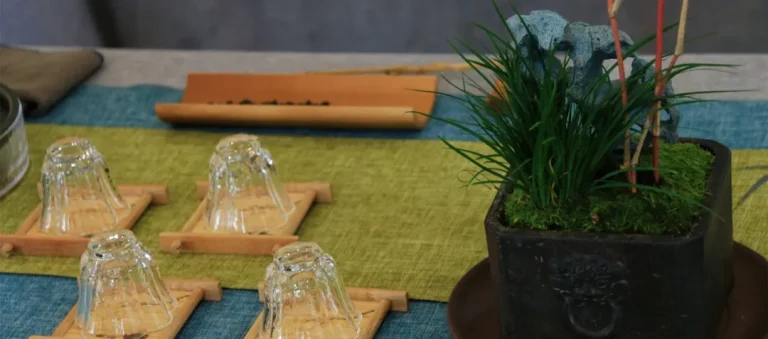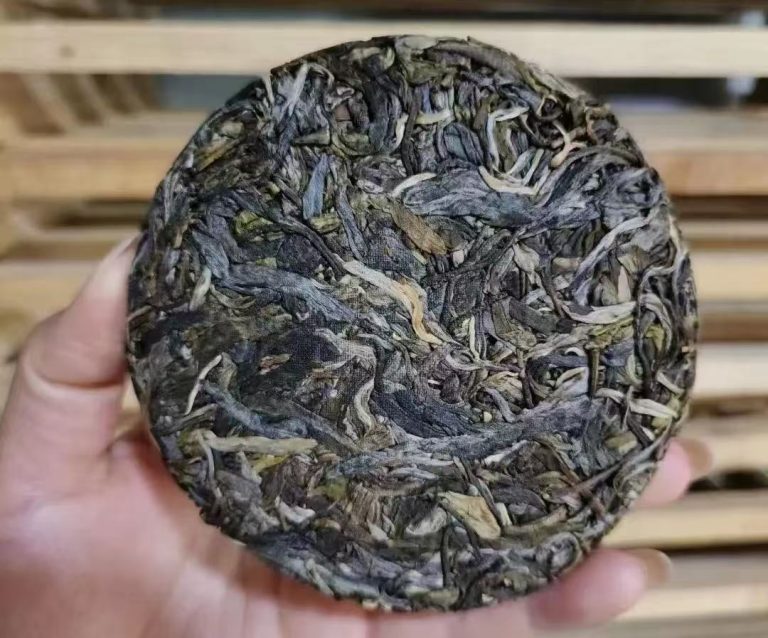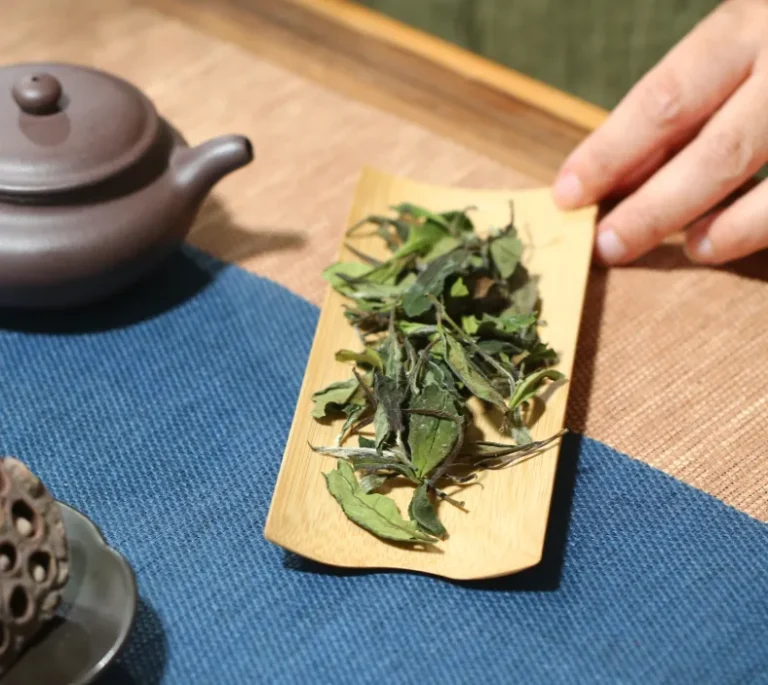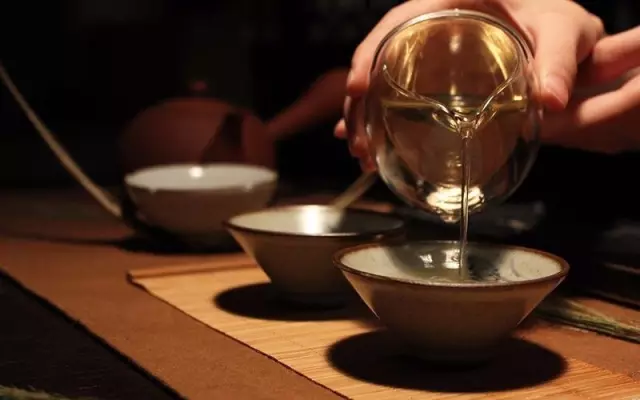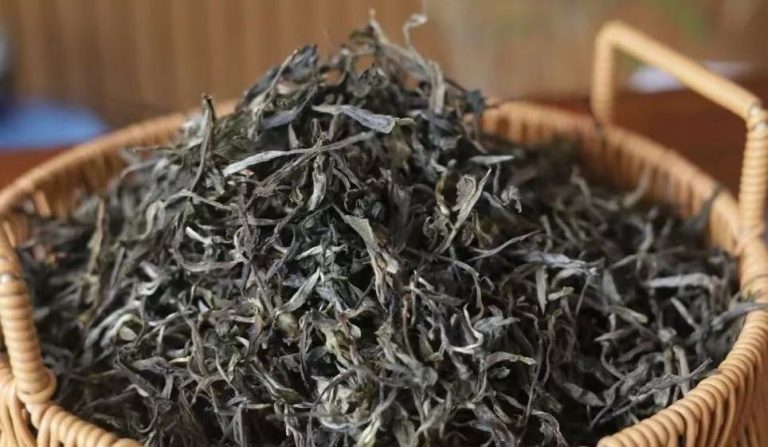Tea, as one of the seven things to do, has been an indispensable part of Chinese life since ancient times. Beijing people like to drink tea in a covered bowl, Hangzhou people “a pot of tea, a book”, Suzhou people still drink tea and listen to the commentary, Guangzhou people start their day with morning tea. Drinking tea is as innate as the Chinese people’s bones, and is a part of their blood and bones.
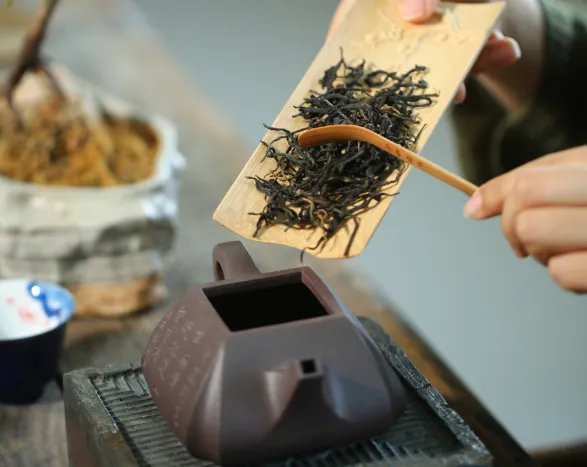
Mr. Lu Xun said: It is a blessing to have good tea and to be able to drink tea. Yes, men and women, young and old, as long as there is a pot of tea in your hand, it is a happy and leisurely day.
Drinking tea, often heard layers, astringency, tea and water separation, etc. sounds very “high” statement, that they are in the end what does it mean?
Today to give you a compilation of 25 tea tasting terminology, so that you from now on drink understand tea!
01 Tea flavor
Refers to the stimulation of the taste of the tea broth after entering the mouth, including the aroma and bitterness, often used to describe “strong, weak”.
02 Tea Texture
Refers to the fullness of the tea in the mouth after the tea broth enters the mouth. Including smoothness, sweetness, sweetness, depth and degree of brewing, often used to describe “thick and thin”, “heavy and light”.
03 Aroma
The aroma is produced by the fresh leaves during the production process, mainly by the free catechins in the tea leaves. In the mouth, it is obvious in the palate, tongue, under the tongue, cheeks and throat.
04 Bitterness and Astringency
Bitterness is a flavor and astringency is a feeling. Bitterness is produced by the theophylline in tea inclusions, and astringency is a manifestation of astringency in the delicate tissues of the mouth.
05 Astringency
The tightness that appears on the tongue and around the mouth after tasting tea is mostly a manifestation of astringency.
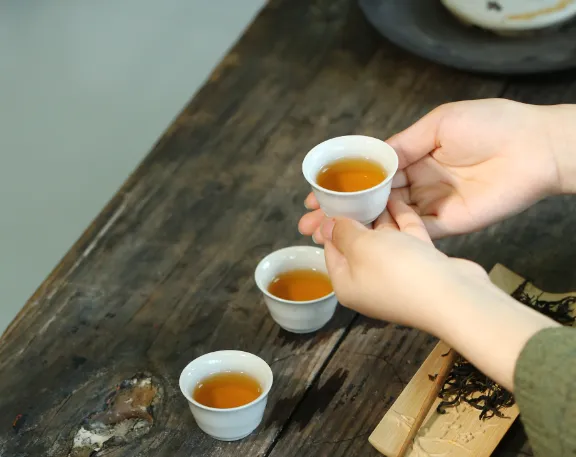
06Water flavor
Tea soup taste is very thin, drinking tea has been drinking the sweet taste of water rather than the sweetness of the tea itself, called water flavor. Basically, it is normal for water flavor to appear in the last stage of tea drinking.
07Sweetness
It refers to the process of sweetness after the bitter taste is transformed in the mouth.
08Shengjin
Refers to the constant outpouring of saliva from the cheeks, tongue surface, tongue base, and so on.
09Layers
Layers refer to the image of overlapping, and second refers to the order of sequence. It refers to the sensation of the aroma and flavor of the tea broth transforming in the mouth.
10Throat Rhythm
The feeling that the tea broth brings to the throat after tasting the tea, such as sweetness, moistness and dryness.
11Fullness
Refers to the richness of the tea broth and brings a sense of fullness to the mouth.
12Fruity-sour flavor
When tasting the tea broth, it has a fresh flavor, like fresh sour fruit flavor.
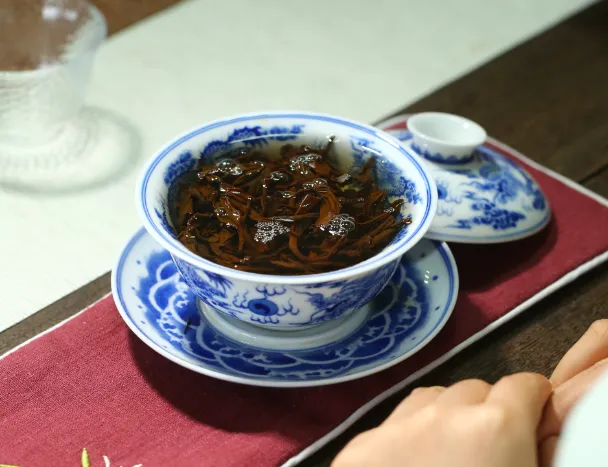
13Aged flavor
The flavor produced by aging over time, which is often easily felt in old teas of a certain age.
14Convergence of aroma
The aroma is not publicized, the fragrance is in the water, if you pay attention, it will be there, if you don’t, it will not be there.
15Immediately melt in the mouth
Tea broth in the mouth, without conscious swallowing, naturally into the throat. Especially for the aged tea, people say that “it is melting in the mouth, and you have not drunk it”, which is the highest level of admiration for the wateriness of the tea soup when tasting Puerh Tea.
16Sharp
After years of aging and warehousing, the tea broth is crisp and clear in the mouth and teeth.
17Fountain of water under the tongue
The highest level of shengjin, focusing on the word “ming”, the meaning of continuous.
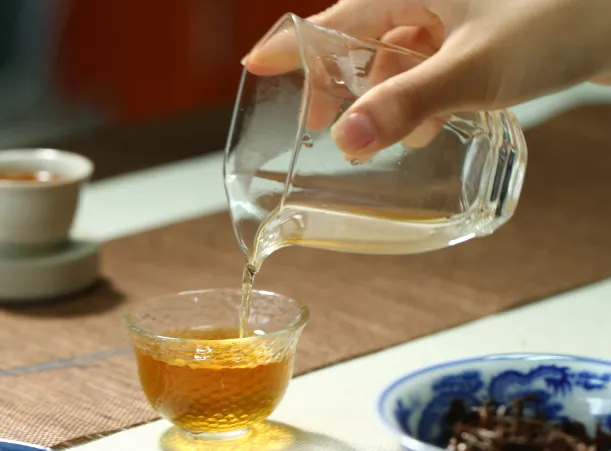
18Medicinal Aroma
A common characteristic of aged teas, a strong medicinal flavor is usually a way to praise the aroma of old tea.
19Sourness
Produced when the tea is not dried after kneading, and the water content is too high during pressing.
20Green flavor
Produced by insufficient killing temperature or insufficient time, in serious cases, there will be a “green fishy flavor”.
21Throat lock
After tasting tea, the throat is too dry, difficult to swallow, tightness and itchiness and other discomforts, people will feel uneasy, irritable, and so on.
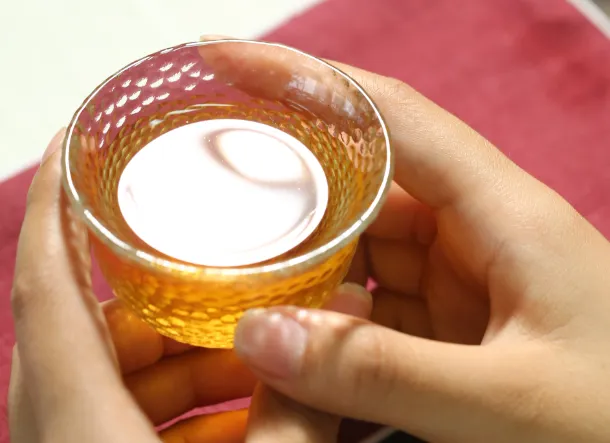
22Separation of Tea and Water
When the tea soup enters the throat, what remains in the mouth is not the flavor of tea, but the watery air.
23Smoky Odor
The smoky odor produced during tea processing. It does not mean a bad odor, judging good and bad by the tea. In most cases, tea should not have a smoky flavor. A small number of special varieties such as Wuyi Zhengshan Xiaojiao, Hunan Weishan Maojian and other special varieties in the processing will have smoky process, the formation of the corresponding quality.
24Tea Gas
It is produced by the combination of organic germanium and polysaccharides in tea leaves and dissolved in water. Tea gas is easy to appear in the old tea, often manifested by hiccups, body warmth, heat, light sweating.
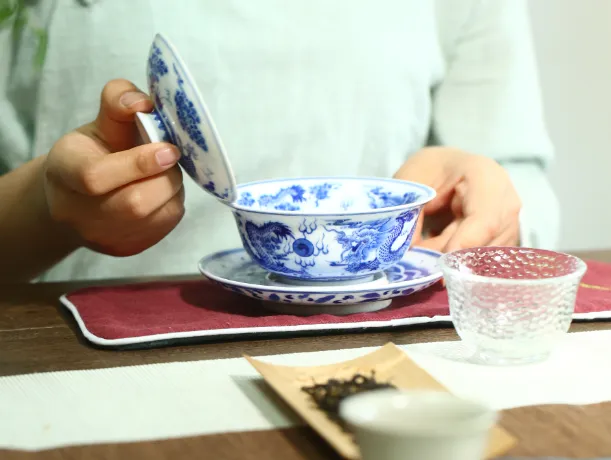
25Wateriness
It refers to the different sensations that the tea broth brings to the mouth, such as smoothness, blossoming, liveliness, sand, thickness, thinness and sharpness, which are mostly used to judge the quality of Puerh tea. Among them, smoothness, vigor, sandiness and thickness are positive characteristics of Puerh tea, while thinness and sharpness are negative characteristics that can affect the tea tasting situation. They are mostly used when tasting Puerh tea.
The tranquility and peace of mind brought by tea tasting is irreplaceable by other things. The longer one sips tea, the more calm one’s heart is, the more elegant one’s temperament is, and the pleasure and nourishment of tea can be seen.
Tea is the national drink for Chinese people. Drinking tea, is the health, is a pleasure, is elegant Zhi. For the Chinese, drinking tea is a happy thing.
